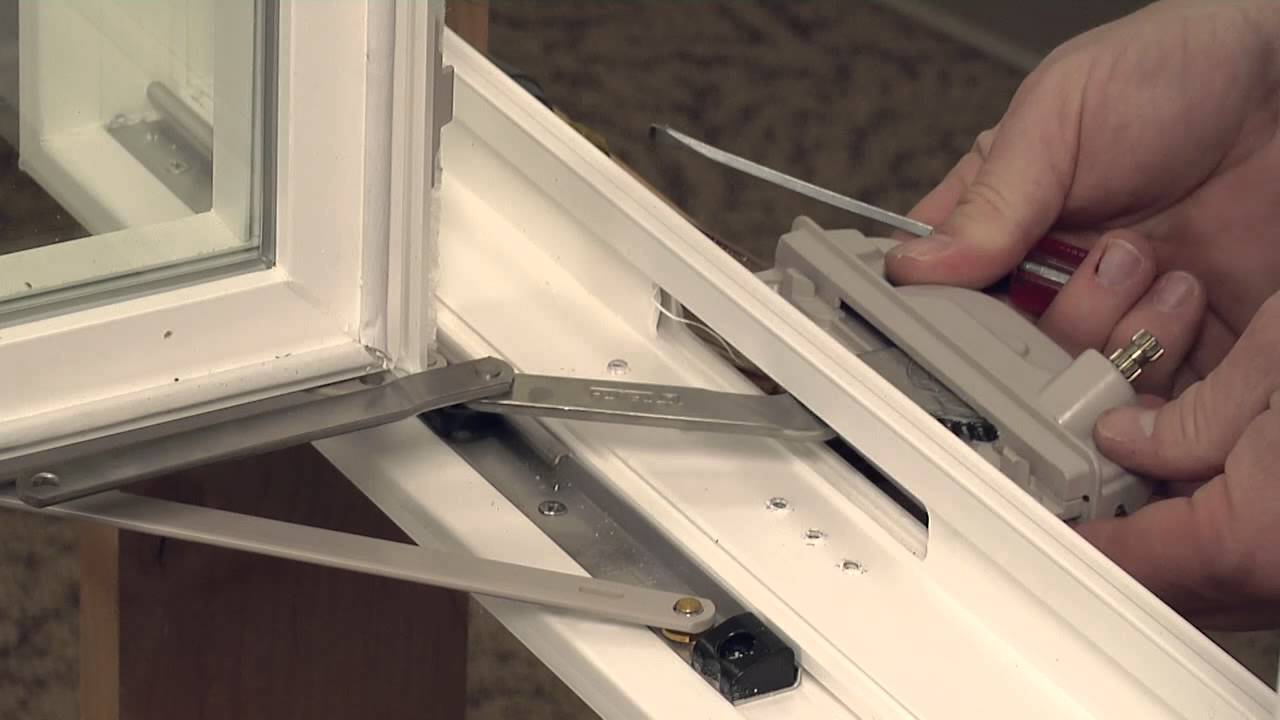

Palpation testing: Palpation helps rule out other causes of hip pain which are not from the joint.Checking if there’s any severe vascular disease. Nerve and vascular status testing: Sciatic and perineal nerve function testing, sensory examination and an assessment of the arterial pulses.Also the strength of the limb below the hip. Muscle testing: Strength of the hip flexors, extensors, abductors and adductors.Your healthcare providers will do the following: Your lower extremities will be evaluated before surgery. How your other medical problems may affect your healing.How you might manage the rehabilitation process.How well you might tolerate anesthesia.How anxious/stressed you are about your surgery.Your healthcare providers need to make sure that the risks of a hip replacement don’t outweigh the benefits. Based on the results of these tests and your health history, clearance is or is not initiated for the surgery.īefore surgery, your medical risk will be assessed. During these appointments, studies including lab testing, urine analysis, an EKG and X-rays may be performed.

#Replacing a contact bar series
In order to prepare for surgery, you’ll schedule a series of appointments to receive testing and clearance. How do I prepare for surgery? What happens before a hip replacement? Most people need to stay in the hospital for about one to two days. Is a hip replacement surgery outpatient or inpatient?

How common are hip replacements?Ībout 370,000 total hip replacements happen every year in the U.S.
#Replacing a contact bar full
Your orthopaedic surgeon will evaluate your hip joint with a full physical exam and X-rays and develop a treatment plan for how surgery can best benefit you. If a hip replacement is the best treatment for you, your healthcare provider may send you to an orthopaedic surgeon for evaluation. What kind of healthcare provider performs hip replacements? This is typically done for patients with certain types of hip fractures.

Your hip is the most flexible and free-moving joint in your body and can move backwards and forwards, to the side and can perform twisting motions. It’s kept in place by ligaments, tendons and muscles around the joint. Your femur has a “head” at its top that’s shaped like a ball, and it fits into the acetabulum (the socket). Your hip is a joint - a ball-and-socket joint - that connects the thigh bone (femur) of your leg to your pelvis.


 0 kommentar(er)
0 kommentar(er)
